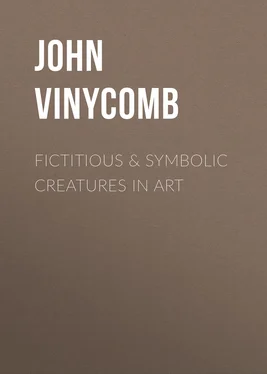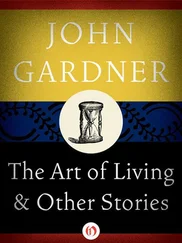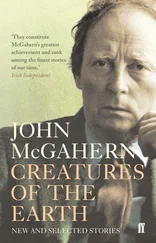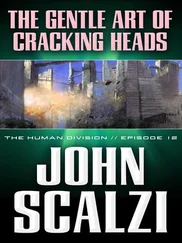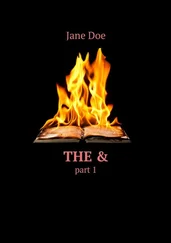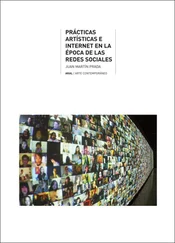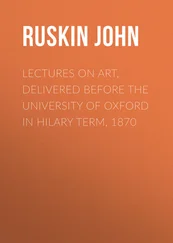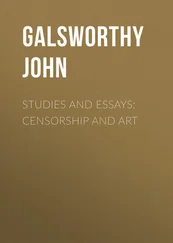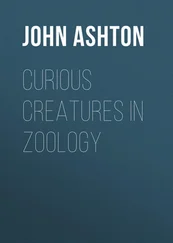John Vinycomb - Fictitious & Symbolic Creatures in Art
Здесь есть возможность читать онлайн «John Vinycomb - Fictitious & Symbolic Creatures in Art» — ознакомительный отрывок электронной книги совершенно бесплатно, а после прочтения отрывка купить полную версию. В некоторых случаях можно слушать аудио, скачать через торрент в формате fb2 и присутствует краткое содержание. Жанр: foreign_antique, foreign_home, visual_arts, на английском языке. Описание произведения, (предисловие) а так же отзывы посетителей доступны на портале библиотеки ЛибКат.
- Название:Fictitious & Symbolic Creatures in Art
- Автор:
- Жанр:
- Год:неизвестен
- ISBN:нет данных
- Рейтинг книги:3 / 5. Голосов: 1
-
Избранное:Добавить в избранное
- Отзывы:
-
Ваша оценка:
- 60
- 1
- 2
- 3
- 4
- 5
Fictitious & Symbolic Creatures in Art: краткое содержание, описание и аннотация
Предлагаем к чтению аннотацию, описание, краткое содержание или предисловие (зависит от того, что написал сам автор книги «Fictitious & Symbolic Creatures in Art»). Если вы не нашли необходимую информацию о книге — напишите в комментариях, мы постараемся отыскать её.
Fictitious & Symbolic Creatures in Art — читать онлайн ознакомительный отрывок
Ниже представлен текст книги, разбитый по страницам. Система сохранения места последней прочитанной страницы, позволяет с удобством читать онлайн бесплатно книгу «Fictitious & Symbolic Creatures in Art», без необходимости каждый раз заново искать на чём Вы остановились. Поставьте закладку, и сможете в любой момент перейти на страницу, на которой закончили чтение.
Интервал:
Закладка:
The seraphim are regarded as an order of angels distinguished for fervent zeal and religious ardour. The word means “burning,” i.e. , with Divine Love.
The seraphim are described by Isaiah (vi. 1-3): “I saw also the Lord sitting upon a throne, high and lifted up, and his train filled the temple. Above it stood the seraphim: each one had six wings; with twain he covered his face, and with twain he covered his feet, and with twain he did fly. And one cried to another and said, Holy, Holy, Holy, is the Lord of Hosts: the whole earth is full of his glory.” And in Revelation (iv. 6): “Round about the throne were four beasts full of eyes before and behind, and the first beast was like a lion, and the second beast like a calf, and the third beast had a face as a man, and the fourth beast was like a flying eagle. And the four beasts had each of them six wings about him, and they were full of eyes within.” It will be noticed that these descriptions differ from that of Ezekiel, not only in the number of wings, but also in the individuality of each beast being separate and independent, not compounded of the four.
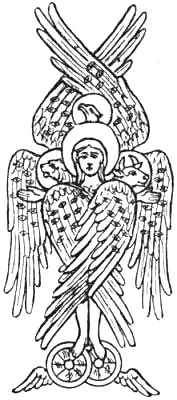
Tetramorph.
Several forms of these mystical creatures, says Audsley, have been devised by the early mediæval artists; those which display the entire forms of the man , the lion , the ox , and the eagle , all winged and invested with the nimbus, appear to have been most frequently made use of. They are to be met with formed of the heads of the mystical creatures on bodies or half-bodies of winged human figures ; at other times we find them comprised in the heads and wings only of the four symbolic creatures. Sometimes they are found united and forming one mysterious being called the Tetramorph with four heads and numerous wings covered with eyes, the feet resting on wheels, which are also winged. The example is taken from a Byzantine mosaic in the convent of Vatopedi, on Mount Athos.
Pugin’s “Glossary of Ecclesiastical Ornament and Costume” says the cherubim are frequently represented of a bright red colour to set forth the intensity of divine love, and usually standing upon wheels, in reference to the vision of the prophet Ezekiel.
Cherubim and seraphim seem always vested in the alb or tunic, and a scarf tied in a knot round the neck.
Emblems of the Four Evangelists
The winged living figures, symbols of the evangelists, which are most frequently met with, and which have ever been most in favour with Early Christian artists, appear to have been used at a very early date. They are taken from the vision of Ezekiel and the Revelation of St. John. “The writings of St. Jerome,” says Audsley, “in the beginning of the fifth century gave to artists authority for the appropriation of the four creatures to the evangelists,” and for reasons which are there given at length.
St. Matthew: Winged Man , Incarnation.—To St. Matthew was given the creature in human likeness, because he commences his gospel with the human generation of Christ, and because in his writings the human nature of Our Lord is more dwelt upon than the divine.
St. Mark: Winged Lion , The Resurrection.— The Lion was the symbol of St. Mark, who opens his gospel with the mission of John the Baptist, “the voice of one crying in the wilderness.” He also sets forth the royal dignity of Christ and dwells upon His power manifested in the resurrection from the dead. The lion was accepted in early times as a symbol of the resurrection because the young lion was believed always to be born dead, but was awakened to vitality by the breath, the tongue, and roaring of its sire.
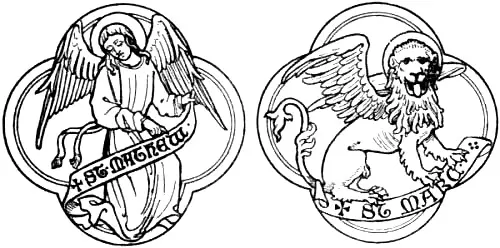
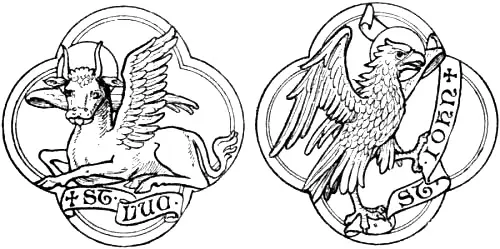
St. Luke: Winged Ox , Passion.—The form of the ox, the beast of sacrifice, fitly sets forth the sacred office, and also the atonement for sin by blood, on which, in his gospel, he particularly dwells.
St. John: The Eagle , Ascension.—The eagle was allotted to St. John because, as the eagle soars towards heaven, he soared in spirit upwards to the heaven of heavens to bring back to earth revelation of sublime and awful mysteries.
Independently of their reference to the four evangelists these figures sometimes refer to the Incarnation , the Passion , the Resurrection , and the Ascension .
Sedulius, a priest and poet of the fifth century, says much the same in the following verse:
Hoc Matthæus agens, Hominem generaliter implet:
Marcus ut alta fremit vox per deserta Leonis:
Jura sacerdotis Lucas tenet ore Juvenci:
More volens Aquilæ verbo petit astra Johannes.
The Lion of St. Mark.—In the ninth century the rapidly rising State of Venice was dignified by the reception of the relics of St. Mark, transported thither from Alexandria. “Few patron saints,” says Theodore A. Buckley, “enjoy a greater popularity, whether socially or locally exemplified. His lion was emblazoned on the standard of the Republic, and stamped on the current coins, while his name was identified with the pride, the power, and glory of all Venice.” 5 5 “Great Cities of the Middle Ages.”
Emblems of the evangelists do not often appear in heraldry.
Walter Reynolds, Archbishop of Canterbury, according to a manuscript at Lambeth (executed for Archbishop Laud), bore azure on a cross or, between the symbols of the evangelists of the last, four lions rampant gules .
The Freemasons appear to use a similar coat of arms upon their seal, viz., a cross between the emblems of the four evangelists, and for supporters two cherubims, all proper .
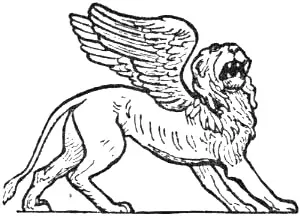
The Lion of St. Mark, Venice.
Chimerical Creatures of the Dragon and Serpent kind

The Dragon
“ The scaly monster of a dragon, coiled
Full in the central field—unspeakable,
With eyes oblique retorted, that askant
Shot gleaming fire. ”
The dragon is the most interesting and most frequently seen of all chimerical figures, and it is a remarkable fact that such a creature appears at an early period of the world’s history to have been known in the East and in countries widely separated. Long anterior to the dawn of civilisation in the West of Europe, even in far-off China and Japan in the extreme East of Asia we find the dragon delineated in very much the same form in which it appears in our national heraldry.
The ancients conceived it as the embodiment of malignant and destructive power, and with attributes of the most terrible kind. Classic story makes us acquainted with many dreadful monsters of the dragon kind, to which reference will afterwards be more particularly made.
It is often argued that the monsters of tradition are but the personification of solar influences, storms, the desert wind, the great deeps, rivers inundating their banks, or other violent phenomena of nature, and so, no doubt, they are, and have been; but the strange fact remains that the same draconic form with slight modifications constantly appears as the type of the thing most dreaded, and instead of melting into an abstraction and dying out of view, it has remained from age to age, in form, distinctly a ferocious flying reptile, until in the opinion of many the tradition has been justified by prosaic science. It is surprising to find that the popular conception of the dragon—founded on tradition, passed on through hundreds of generations—not only retains its identity, but bears a startling resemblance to the original antediluvian saurians, whose fossil remains now come to light through geological research, almost proving the marvellous power of tradition and the veracity of those who passed it on.
Читать дальшеИнтервал:
Закладка:
Похожие книги на «Fictitious & Symbolic Creatures in Art»
Представляем Вашему вниманию похожие книги на «Fictitious & Symbolic Creatures in Art» списком для выбора. Мы отобрали схожую по названию и смыслу литературу в надежде предоставить читателям больше вариантов отыскать новые, интересные, ещё непрочитанные произведения.
Обсуждение, отзывы о книге «Fictitious & Symbolic Creatures in Art» и просто собственные мнения читателей. Оставьте ваши комментарии, напишите, что Вы думаете о произведении, его смысле или главных героях. Укажите что конкретно понравилось, а что нет, и почему Вы так считаете.
